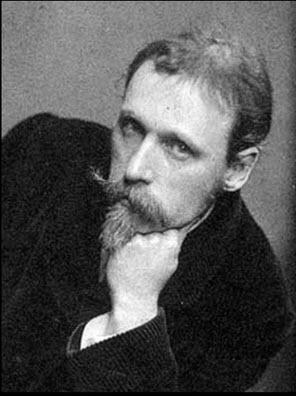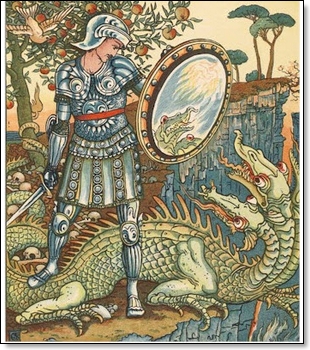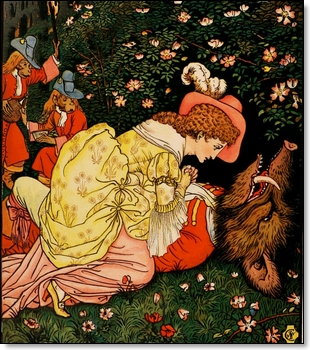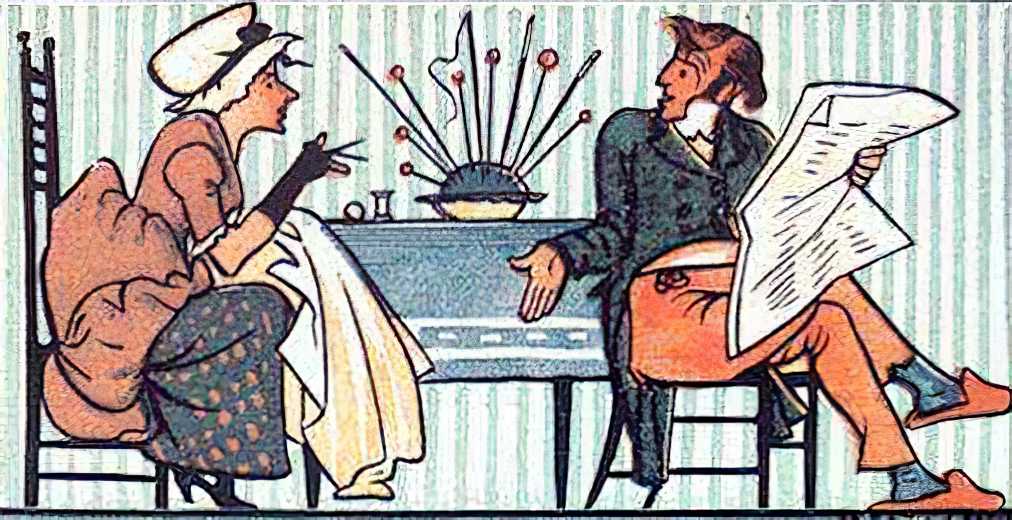
Goody Two Shoes is a variant of the Cinderella fairy tale, but with much more modest aspirations; instead of getting a glass slipper and a prince, the title character gets a pair of shoes and a job.
The story was first published under the title The History of Little Goody Two-Shoes in 1765. The author is anonymous, but it may have been written by the prolific Oliver Goldsmith.
In the story, a young orphan girl named Margery Meanwell is so poor that she only has one shoe. One day, a rich man gives her a pair of shoes, and Margery is so thrilled that she goes around telling everybody that she has two shoes. This is an annoyingly obvious statement and she soon earns the nickname of Goody Two Shoes, in reference to her footwear as well as her annoying do-gooder personality. She doesn't get to marry the rich gentleman, but she is later rewarded by becoming a teacher and eventually marrying a rich widower. I wonder if his dead wife appreciated that being one of the pieces in the puzzle that had to fall into place in order for karma or whatever to reward this little angel with shoes and an old geezer. But I digress.
Today, the term is usually used derisively to describe someone who is excessively good or pure, particularly if they are a do-gooder more interested in virtue signalling than actual virtue. But in Walter Crane's day, the story of Goody Two Shoes was regarded as a valuable moral lesson for children, teaching them that faith and good works would eventually be rewarded.
Walter Crane's illustrations of the famous story of Goody Two Shoes display his typical style, with vibrant but sparse coloring. Interestingly none of the drawings shows good old Margery with only one show, so he seems to have focused on her post-reward life. She certainly does seem to enjoy showing off her little shoe-clad feet.

Goody Tow Shoes Shows Off Her New Shoes

Goody Two Shoes Gets a Job as a teacher. She still only has one pair of shoes, apparently.








